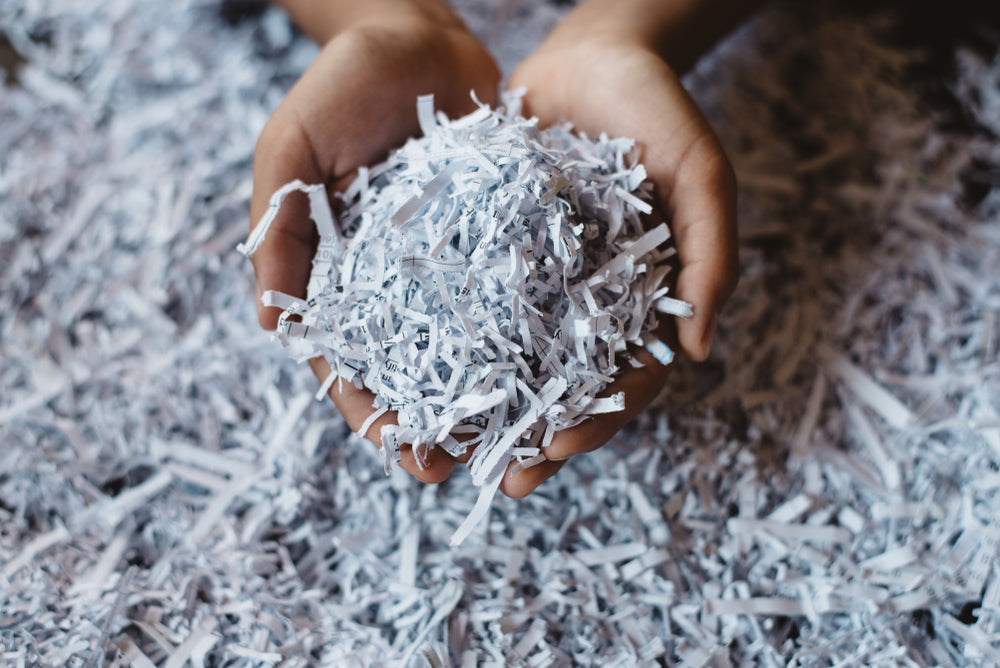From Bin to Rebirth – The Fascinating Journey of Paper Recycling Unveiled
From bin to rebirth, the journey of paper recycling is a fascinating tale of sustainability and resourcefulness that begins with the simple act of discarding paper into a recycling bin. The process of paper recycling involves multiple stages, each contributing to the environmental benefits and the conservation of valuable resources. Once paper is collected in recycling bins, it embarks on a transformative journey. The first step is sorting, where various types of paper are separated to ensure a cleaner and more efficient recycling process. After sorting, the paper undergoes a process called pulping, where it is mixed with water and broken down into individual fibers. This pulpy mixture is then cleaned to remove any impurities, such as ink and staples. The result is a slurry of paper fibers ready to be transformed into new products. The next step in this eco-friendly journey is the papermaking process. The pulped paper is spread onto a screen, and excess water is removed, leaving behind a thin layer of intertwined fibers.

This layer is then pressed and dried to form new sheets of paper. The quality of recycled paper may not only match but sometimes even surpass that of virgin paper, showcasing the strides made in recycling technology. The rebirth of paper from recycled fibers not only conserves trees but also reduces energy consumption compared to the production of paper from raw materials. The significance of this process extends beyond mere conservation, as it lessens the impact on natural habitats, curtails deforestation, and mitigates the environmental consequences of paper waste. Furthermore, the benefits of paper recycling extend into the realm of waste management. By diverting paper from landfills, we reduce the volume of waste and decrease the emission of harmful greenhouse gases associated with decomposing organic materials. The circular nature of paper recycling aligns with the principles of a sustainable and circular economy, where materials are reused, reducing the need for constant extraction and processing of raw resources. This closed-loop system helps alleviate the strain on our ecosystems and promotes a more balanced and harmonious coexistence with the environment.
The journey from bin to rebirth, however, is not without its challenges. Contamination, in the form of non-recyclable materials mixed with paper, remains a persistent issue. Public awareness and education are crucial in addressing this challenge, as individuals play a pivotal role in ensuring the success of the recycling process and How paper is recycled. Additionally, advancements in technology and innovations in recycling infrastructure are imperative for optimizing the efficiency and effectiveness of the entire recycling journey. In conclusion, the journey of paper recycling is a captivating narrative of environmental stewardship, innovation, and collective responsibility. From the moment paper is discarded into a recycling bin to its triumphant rebirth as a new product, this process embodies the principles of sustainability, resource conservation, and waste reduction. As we witness the remarkable transformation of paper waste into valuable resources.